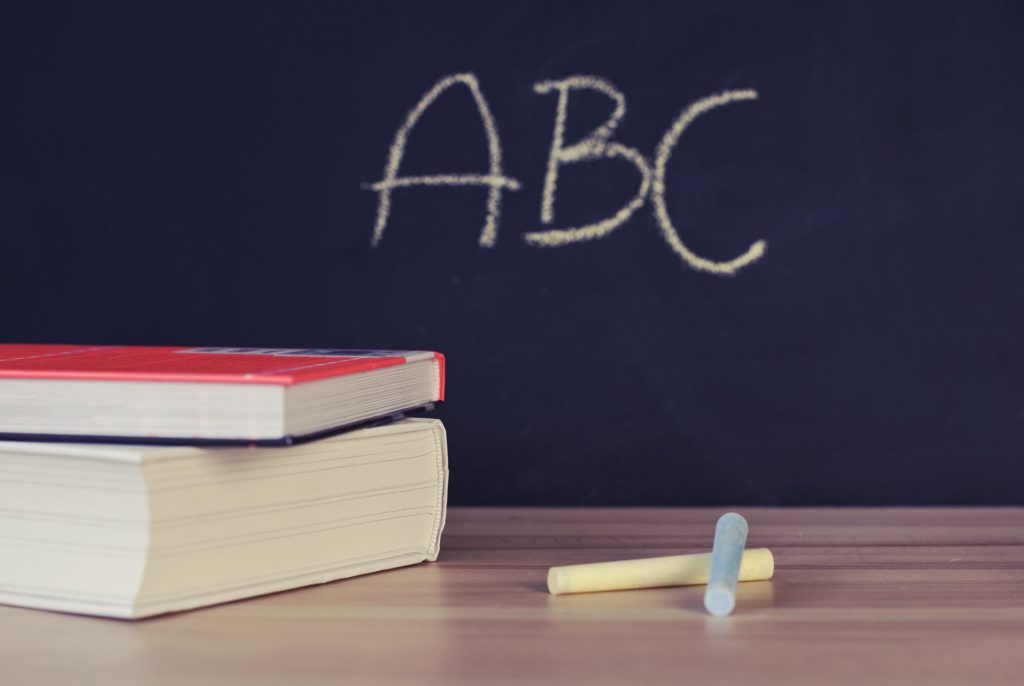Are you looking for hacks to support students who do not comprehend when they read silently? If so, keep reading.
1. Get the student to outline reading content using the Outline Form.
2. Get the student to practice reading and following written instructions to enable comprehension (e.g., following a recipe, following instructions to put together a model, etc.).
3. Get the student to record what they read to enable comprehension by replaying and listening to the content read.
4. Prior to reading a selection, acquaint the student with the general content of the story (e.g., if the story is about elephants, brainstorm and discuss elephants to create a point of reference).
5. Get the student to dictate stories that are then put in print for them to read, placing emphasis on comprehension skills.
6. Compose paragraphs and short stories requiring reading skills the student is presently developing. The passages must be of interest to the student using their name, family members, friends, pets, and exciting experiences.
7. Do not require the student to learn more information than they are capable of learning at any time.
8. Outline reading content the student reads silently using words and phrases on their reading level.
9. Create a learning center for the student where an assortment of information is available in subject areas.
10. Make sure that the student’s knowledge of a particular skill is being assessed rather than the student’s capacity and ability to read instructions. Reading instructions to the student may enable their success.
11. Minimize distracting stimuli in their surroundings to enable the student’s capacity and ability to concentrate on what they are reading (e.g., place the student in the front row, give a table or “office” space away from distractions, etc.). This should be used as a way to lessen distractions, not as a punishment.
12. On occasions where reading orally with the student, pause at several points to discuss content read up to that point. Get the student to forecast what will happen next before proceeding.
13. Compose notes and letters to the student to give reading content that they will want to read for comprehension. Learners should be urged to write notes to each other at the same time each week.
14. Provide the student time to read a selection more than once. Place emphasis on comprehension rather than speed.
15. Teach the student to think about the reading selection and forecast what will happen next, prior to finishing the selection.
16. Get the student to outline, underline, or highlight essential points in reading content.
17. Teach the student to use context clues to find words and phrases they do not know.
18. Separate at several points while the student is reading silently to check for comprehension.
19. Utilize reading sequence learning materials with high interest (e.g., adventure, romance, mystery, sports, etc.) and low vocabulary.
20. Consider using AI to teach reading comprehension.
21. Consider using Alexa to teach reading skills.
22. Try using one of our many apps designed to teach literacy skills and help students with reading issues:
10 Apps That Teach Your Child to Read
7 Must-Have Apps to Make Learners Love Reading
7 Must-Have Phonics Apps and Tools
9 Reading Apps and Tools for the Elementary Classroom
The Tech Edvocate’s List of 24 Literacy Apps, Tools & Resources











